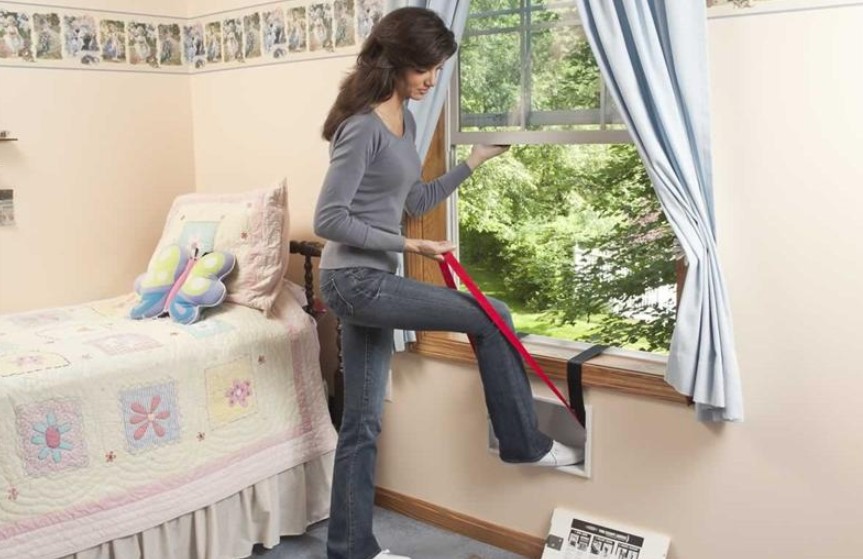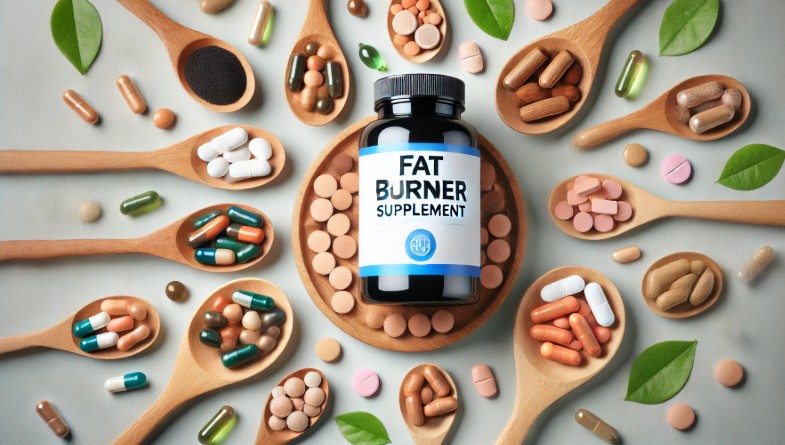
On Kauai, drug overdose deaths have more than quadrupled in 10 years from fewer than five in 2012 to 18 last year, contributing to an alarming rise in fatal drug use statewide.

Drug overdoses were the second-most common cause of fatal injury on the Garden Isle in 2021 — after suicide and surpassing deaths from drowning, car crashes and falls — and the 10th most common cause of death overall, according to Hawaii Department of Health data.
“It’s getting worse fast,” said Dr. Graham Chelius.
He’s lost count of the number of his Kauai patients who’ve died from a drug overdose on an island grappling with a rise in drug abuse, a suicide problem and a longstanding lack of mental health and drug addiction resources.
A family medicine doctor in Waimea, a town of fewer than 2,000 people, Chelius said he has prescribed medication to alleviate withdrawal symptoms and cravings for opioids to hundreds of patients, including inmates at the Kauai Community Correctional Center.

Medication-assisted treatment is not a miracle antidote to drug dependency, but studies have shown that medications like buprenorphine, also known as Suboxone and Sublocade, substantially reduce the risk of overdose deaths from opioid use and help prevent people from falling off treatment.
Another important tool is naloxone, commonly known by the brand name Narcan. The lifesaving opioid overdose antidote can block the effects of opiates on the brain to restore breathing in someone on the verge of an overdose death.
But no medication has been approved by the Food and Drug Administration for use with methamphetamine, the leading cause of fatal drug overdoses in Hawaii.

Although highly addictive opioids kill more people any other drug nationwide, causing nearly two-thirds of the 107,622 drug overdose deaths in the U.S. in 2021, methamphetamine continues to be the deadliest drug in the islands.
“The research for treatment of methamphetamine use is really limited,” said Heather Lusk, executive director of the Hawaii Health & Harm Reduction Center.
On Oahu, fatal overdoses involving methamphetamine outnumbered those involving opioids from 2017 to 2021 by a ratio of more than 3-to-1. On Kauai that ratio is closer to 2-to-1, with meth-related overdoses increasing from zero in 2012 to 14 in both 2020 and 2021.
Most of the 107 drug overdose deaths on Kauai in the decade ending in 2021 were unintentional, except for 20 suicides and five deaths for which the intent could not be determined, according to data analyzed by Daniel Galanis, an epidemiologist at the state Department of Health.
Opioids contributed to about a third of the deaths. Ten of the 11 opioid-related deaths in 2021 involved synthetic opioids, assumed to be fentanyl.
“Substance abuse is often actually a symptom of deeper social problems,” said Life’s Choices Kauai Coordinator Michael Miranda. “I think it’s an indicator of the quality of our education system, the cost of living, the lack of housing. People are self-medicating with illicit substances to cope with all the socioeconomic stressors they are facing.”
The Statewide Picture
Fatal overdoses from all drugs have generally increased in Hawaii over the last five years, although there was a stark decrease in deadly overdoses on Oahu from 210 in 2020 to 163 in 2021.

It’s unclear why Oahu experienced a drop in overdose deaths last year, but Lusk said one contributing factor may be that in 2021 the brunt of the fentanyl epidemic hadn’t hit Hawaii yet. And at the same time, the availability of life-saving Narcan in Hawaii was on the rise, helping to reverse opioid overdoses at higher rates.
Since August 2016, HHHRC has distributed 40,000 doses of Narcan statewide as the overseer of the state’s Overdose Prevention and Response Program. Half of those doses were distributed this year to opioid addicts, drug treatment counselors, mental health providers, homeless shelter workers, police officers and other people in the community who’ve undergone training.
Opioids are the main driver of drug overdose deaths in the U.S., with fentanyl and other synthetic opioids involved in more than 82{35112b74ca1a6bc4decb6697edde3f9edcc1b44915f2ccb9995df8df6b4364bc} of opioid overdose deaths, according to the Centers for Disease Control and Prevention.
Opioid-involved deaths in Hawaii are more likely to be from fentanyl and other illicit synthetic opioids than from legal prescription pills, such as oxycodone.
In Hawaii, fentanyl is typically sold on the street for $15 to $17 a pill, an indicator that the supply is not as plentiful as it is in places like Los Angeles, where a pill sells for about a dollar, according to DEA Hawaii District Office Assistant Special Agent in Charge Victor Vazquez.
“Meth has been the primary choice drug in Hawaii, whereas we’re seeing fentanyl being seized in much larger quantities — up to a million pills at a time — in places like California, Arizona and Texas because it’s coming from the Mexican cartels,” Vazquez said.
“I think the reason we haven’t seen as much fentanyl here in Hawaii is that we’re naturally protected by the ocean from the Mexican border,” he added. “If it’s being driven through the border, it’s not going to be immediately driven into Honolulu or Waikiki Beach.”
When fentanyl does reach Hawaii shores, it arrives primarily through the postal system or commercial airline luggage, Vazquez said.
One pill can be deadly. Across the nation this year the DEA seized over 50 million fentanyl-laced fake prescription pills and 10,800 pounds of fentanyl powder — the equivalent of about 379 million deadly doses.
“That’s enough to wipe out the whole U.S. population,” Vazquez said.
Civil Beat’s health coverage is supported by the Atherton Family Foundation, Swayne Family Fund of Hawaii Community Foundation, Cooke Foundation and Papa Ola Lokahi.








